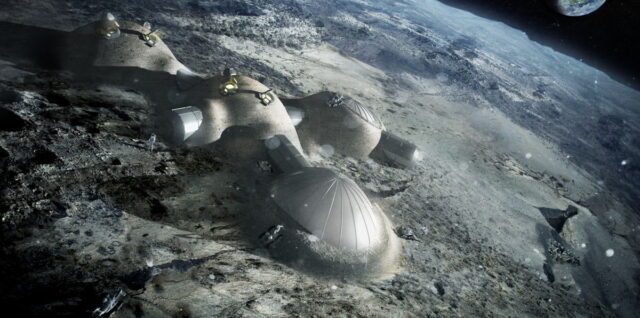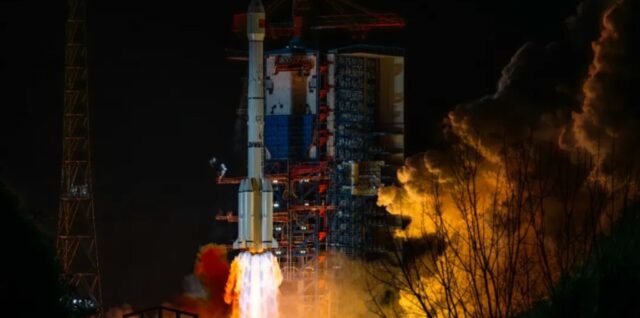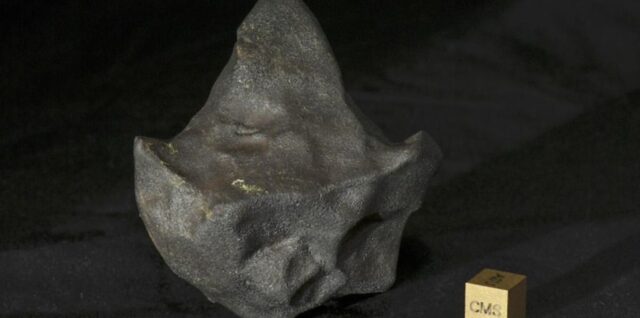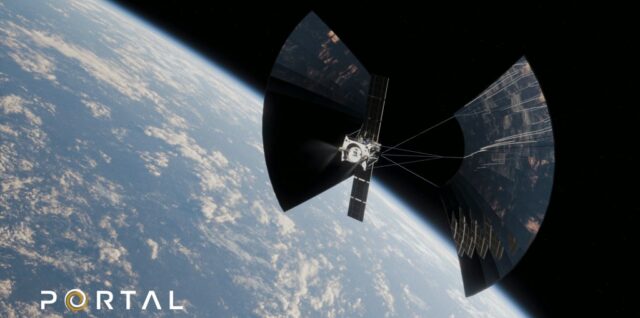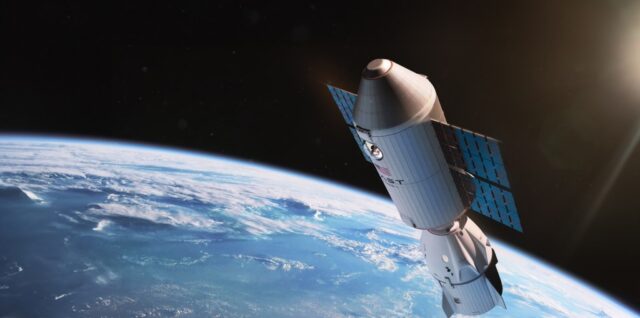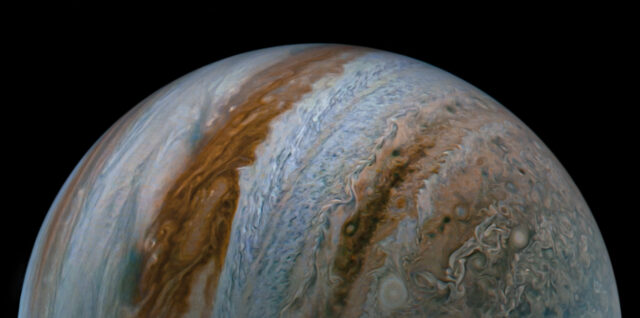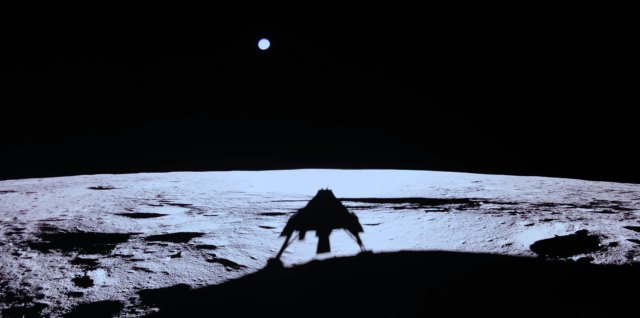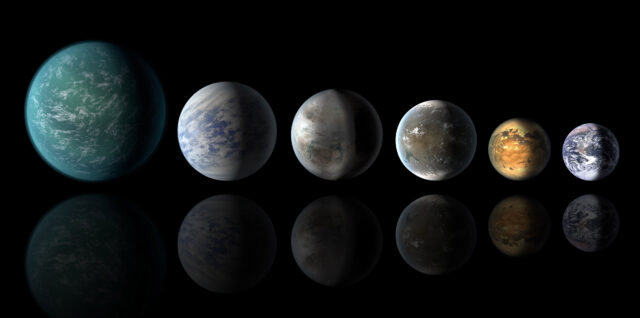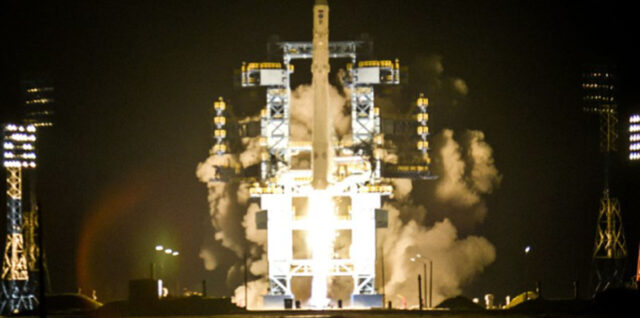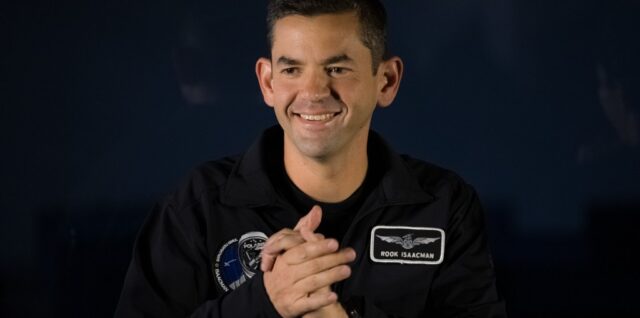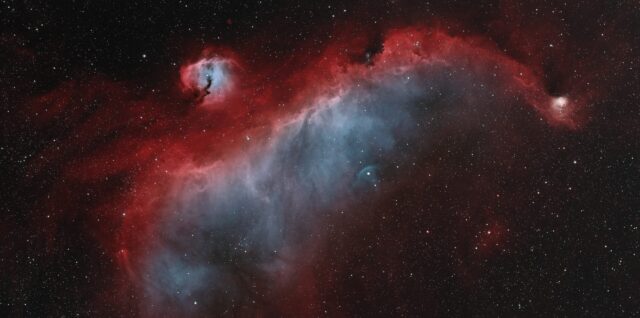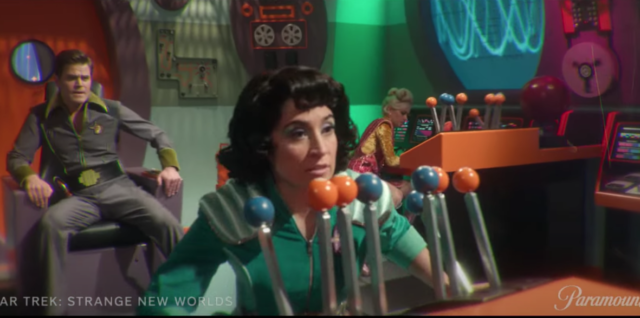Megaroc: The British manned space program that almost was
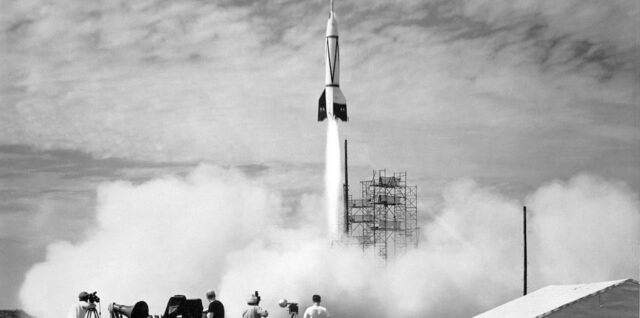
As World War II drew to a close, the Allies were eager to get their hands on one of the most technologically amazing yet terrifying weapons in Nazi Germany’s armamentarium: the V-2 rocket. A long-range, liquid-fueled supersonic guided missile, the V-2 could carry a 2,000-pound (910 kilograms) warhead a staggering 200 miles (320 kilometers) fromContinue reading “Megaroc: The British manned space program that almost was” The post Megaroc: The British manned space program that almost was appeared first on Astronomy Magazine. Continue ReadingMegaroc: The British manned space program that almost was

